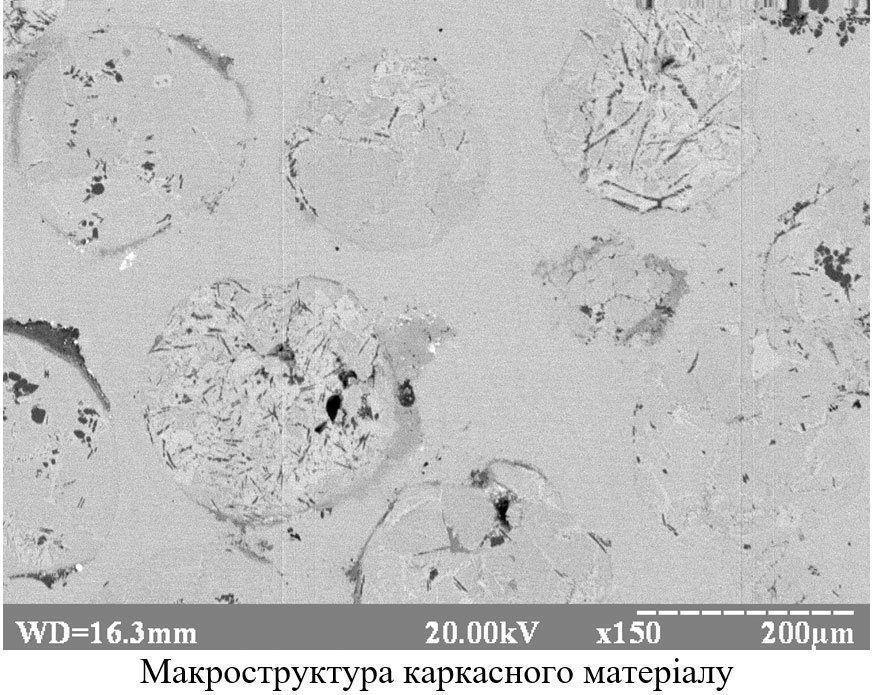R&D of new "hybrid" frame materials to increase the stability of the electrodes and the productivity of contact welding technology
The regularity of the formation of framework materials in the LaB6-TiB2-Cu systems was Regularities of formation of frame materials in the LaB6-TiB2-Cu system are established. Establishing the influence of technological parameters of the production process in the conditions of spark-plasma sintering and surface modification of ceramic reinforced particles on the structure, mechanical and electrical properties of the refractory frame. Spark-plasma sintering by temperatures of 850 ° C-1100 ° C was obtained composites (LaB6-TiB2) -Cu, with a content of refractory compound 2.5-70 vol.%. It was found that the content of refractory LaB6-TiB2 particles of spherical shape in the amount of more than 30 vol.% Provides the formation of a continuous framework in the process of spark plasma sintering of powder mixtures. The efficiency of strengthening the interface between the copper matrix and ceramic particles by reinforcement with TiB2 fibers is shown. It is shown experimentally that due to the reinforcement of the interface the strength of the "hybrid" frame material increased from 255 ± 15 MPa to 496 ± 25 MPa. Hardening occurs due to the participation of high-strength ceramic particles in the destruction process. It was found that metal-ceramic composites have an electrical resistance (1.09-5.76 μОcm-1) at the level of traditional electrodes made of copper doped with zirconium, nickel or chromium, and their hardness and strength exceed their analogues by 60 and 70%, respectively. The influence of operational conditions of spot welding on the structure, chemical and phase composition of the manufactured electrodes was established, 3 pairs of electrodes with different amount of high strength ceramic phase were tested. The test was performed on alternating current. The working surface of the electrode was 4 mm. Control of structure, chemical and phase composition was performed every 100 cycles. It is made that after 500 cycles of work the change of chemical composition and structure does not occur.

| Attachment | Size |
|---|---|
| 357.54 KB |




